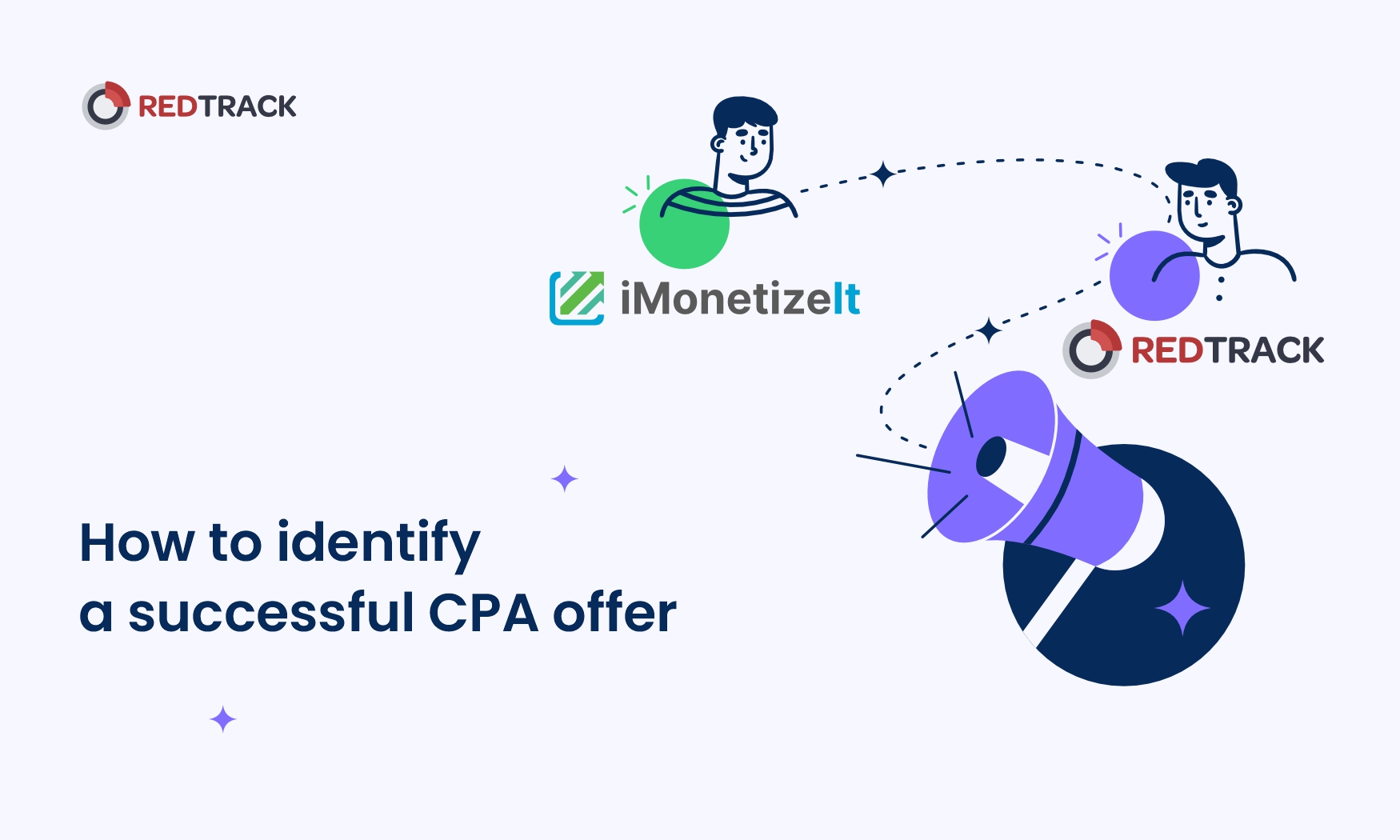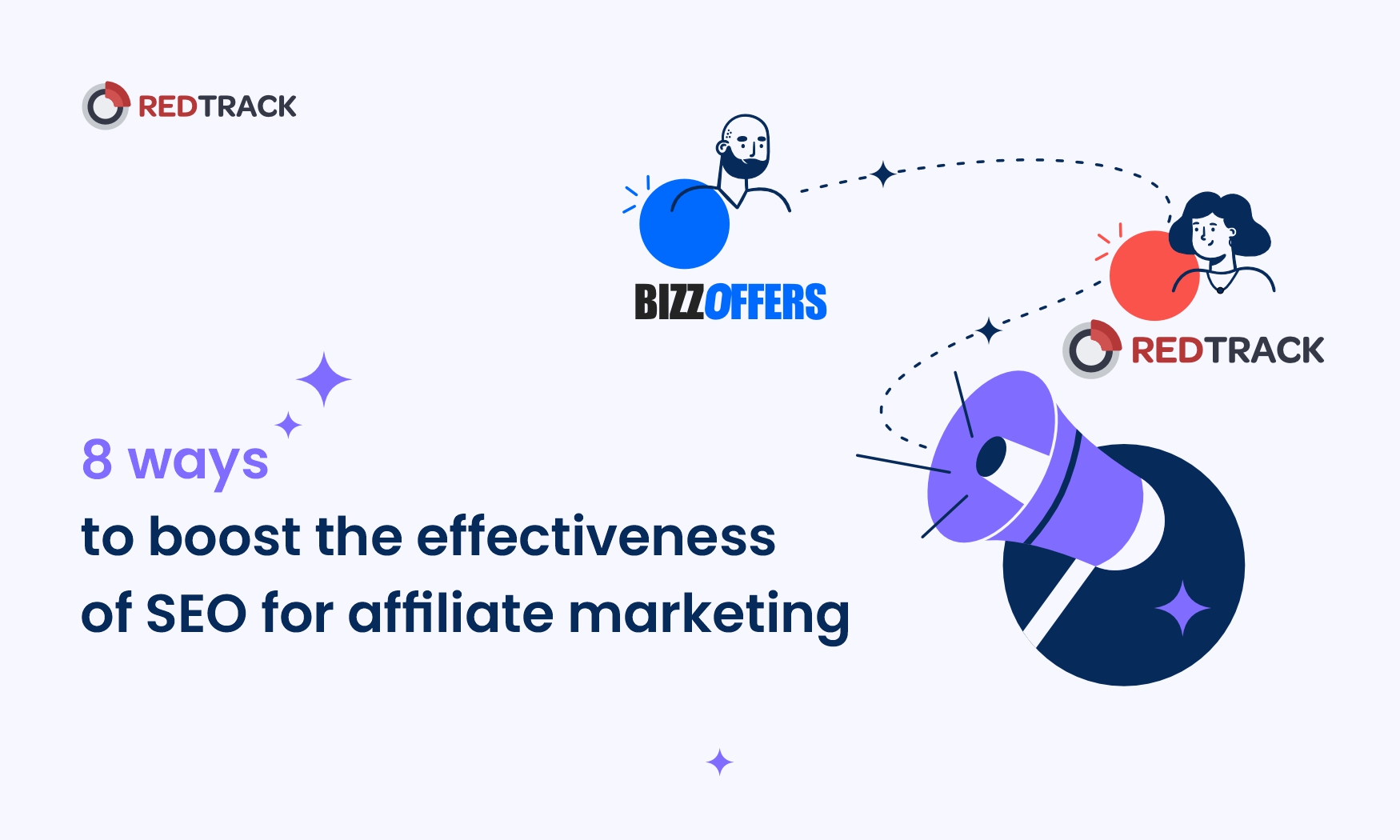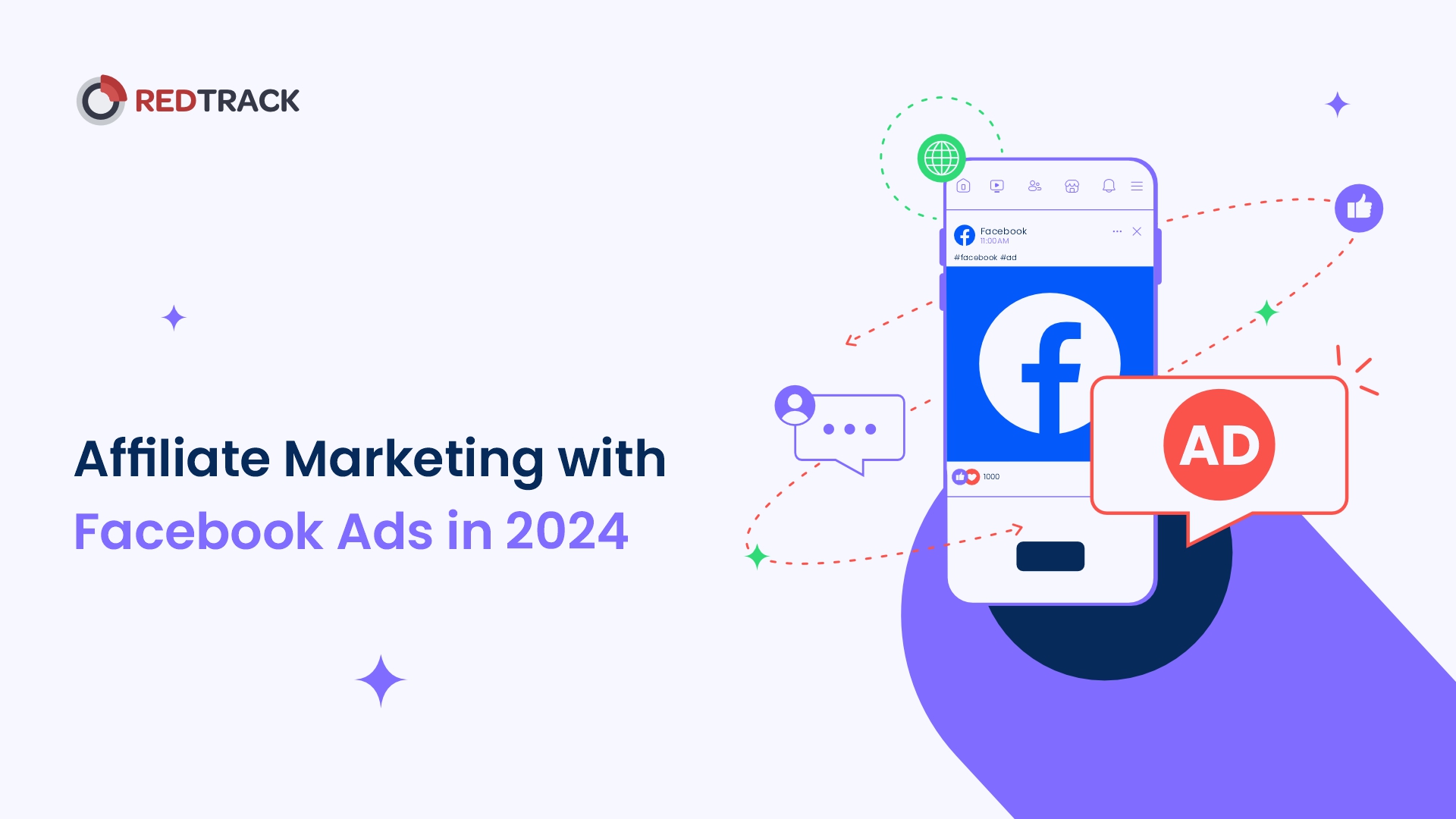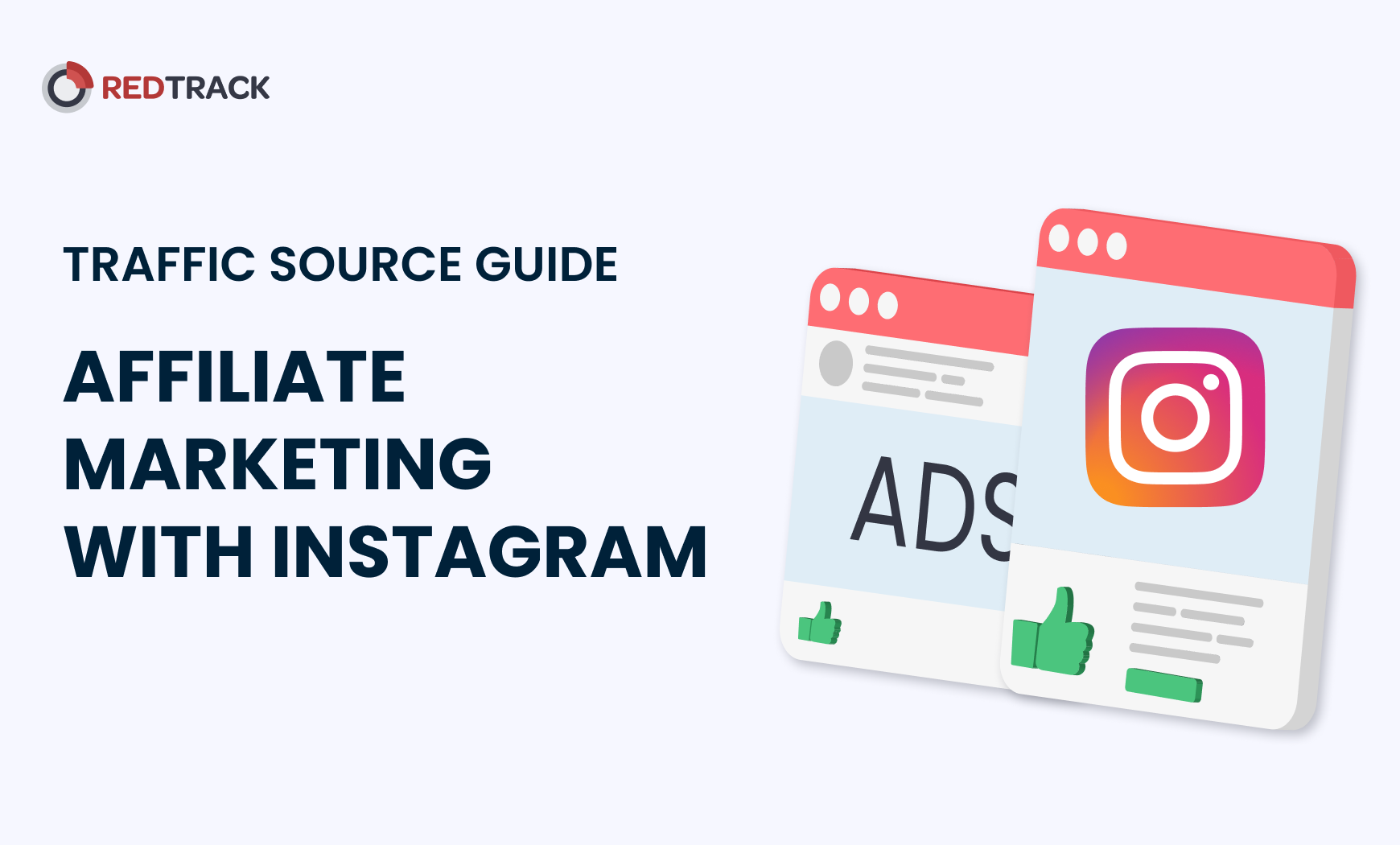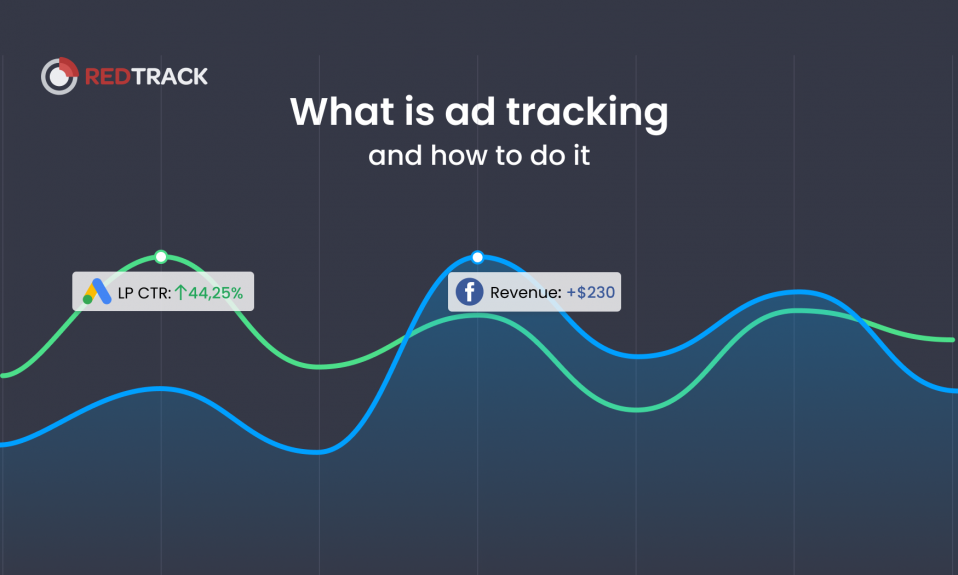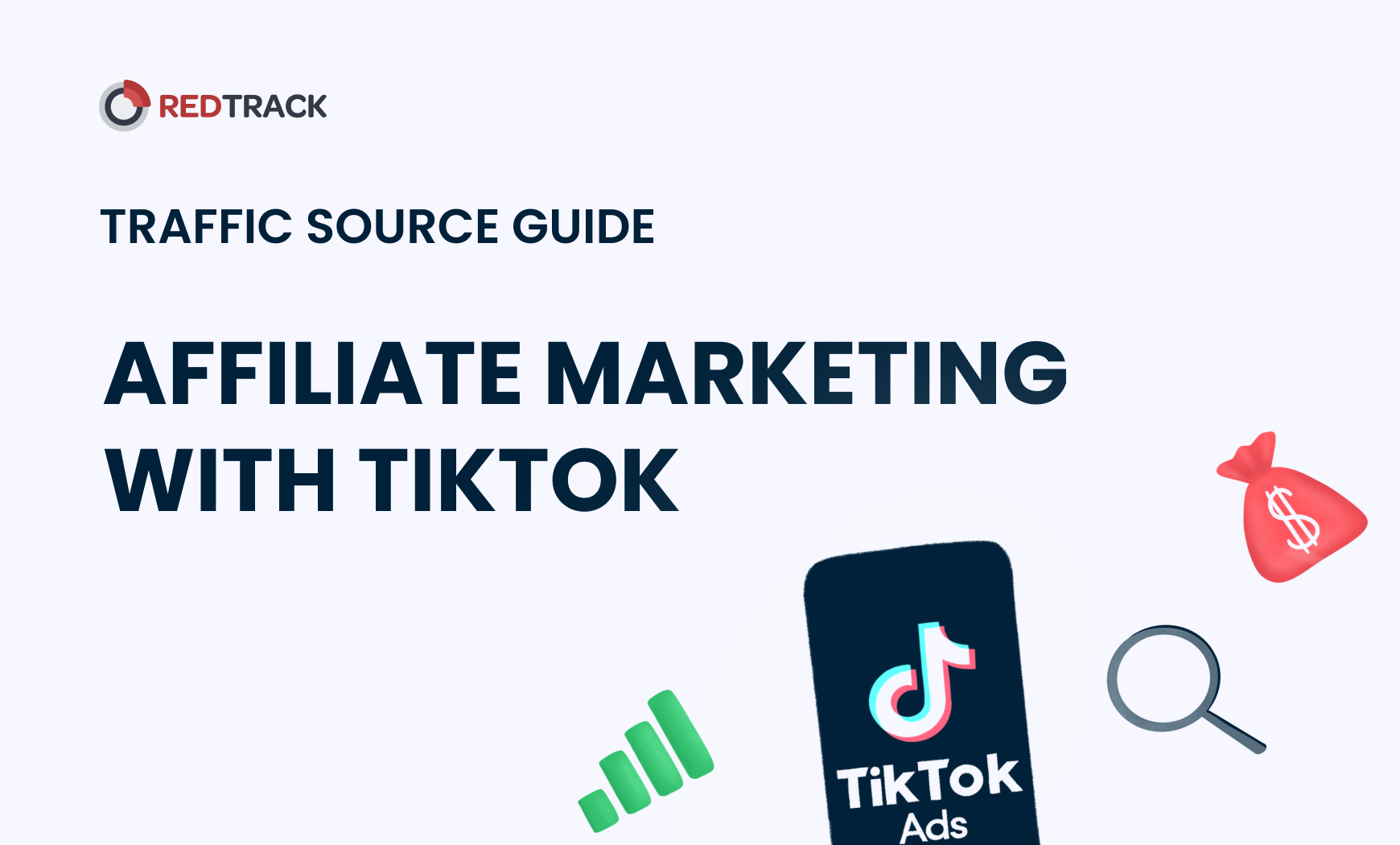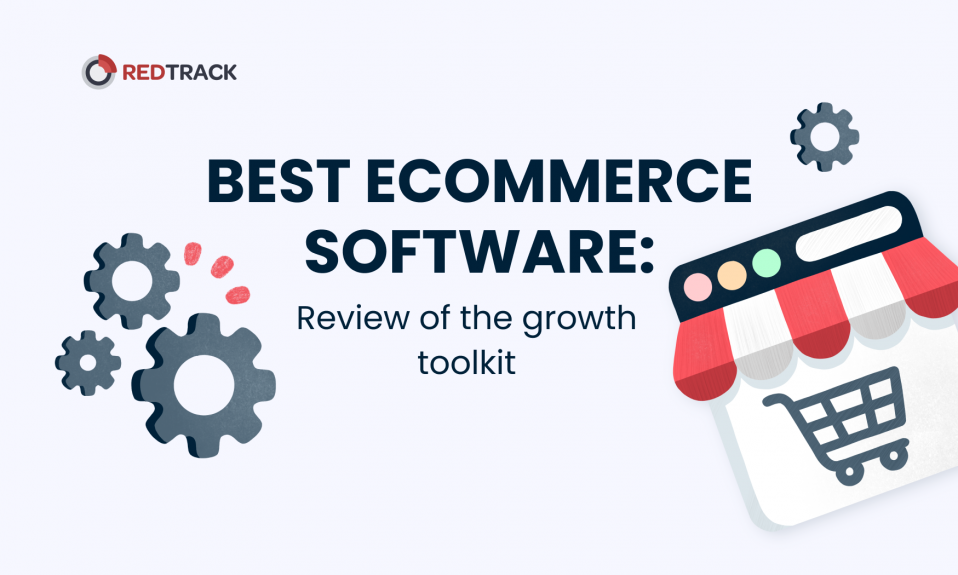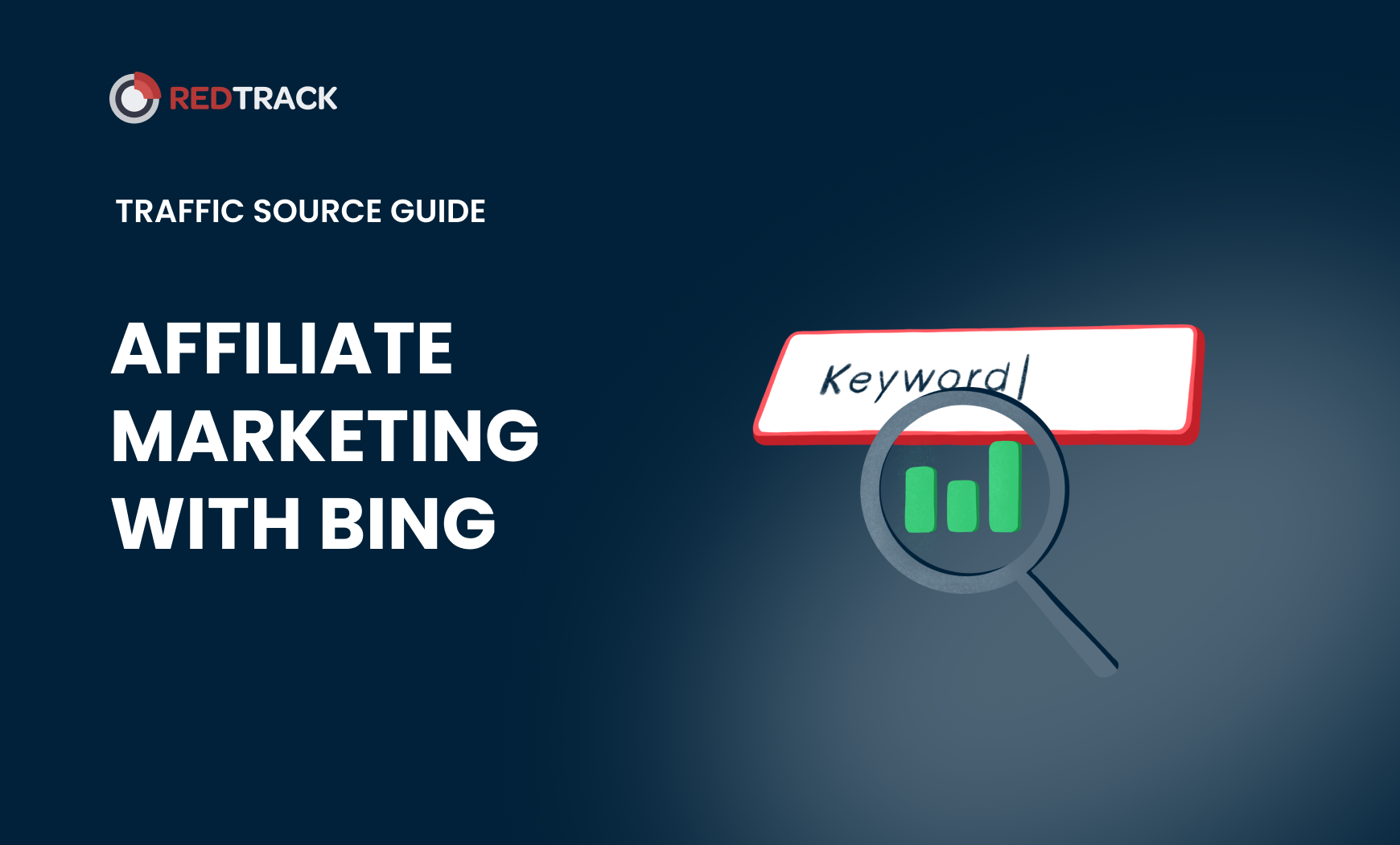
In the realm of digital advertising, Bing has steadily carved out its own niche, emerging as a compelling platform for media buyers and affiliate marketers. Its unique audience demographic and integration with Microsoft’s suite of services offer distinct advantages for targeted advertising and affiliate marketing. This article delves into how media buyers and affiliate marketers can harness Bing’s capabilities to enhance their digital strategies and drive meaningful results.
Bing for Media Buyers: Exploiting the Platform’s Potentials
Bing, often overshadowed by Google, presents unique opportunities for media buyers and affiliate marketers:
- Diverse Audience Demographic: Bing attracts a different demographic compared to Google, often skewing towards an older and more affluent audience, ideal for certain product categories.
- Lower Competition and Cost: With fewer advertisers vying for attention, Bing often offers lower cost-per-click rates, making it a cost-effective advertising platform.
- Microsoft Integration: Bing’s integration with Microsoft products like Office and Windows provides a broader reach, especially in corporate environments.
- Advanced Targeting Options: Bing Ads offers robust targeting options including demographics, location, and device targeting, allowing for precise audience segmentation.
- Variety of Ad Formats: Bing supports a range of ad formats, from traditional search ads to more visual product ads, catering to various marketing needs.
- Comprehensive Analytics: Bing’s analytics tools are sophisticated, offering detailed insights into campaign performance and audience behavior.
Leveraging Bing for Affiliate Marketing
To effectively use Bing for affiliate marketing, consider the following strategies:
Harness Bing Ads for Targeted Campaigns
Utilize Bing Ads to target specific audience segments. The platform’s lower competition for keywords can result in higher ad placements at a lower cost, increasing the visibility of your affiliate offers.
Optimize for Bing’s Search Demographics
Understand the search behavior of Bing’s user base. Tailoring your content and ads to match the interests and preferences of this demographic can lead to higher engagement and conversion rates.
Use Bing’s Shopping Features
Bing’s shopping campaigns are particularly effective for e-commerce affiliates. Product ads with images and prices can directly attract potential buyers, driving traffic to affiliate products.
Integrate Bing with Other Microsoft Services
Take advantage of Bing’s integration with other Microsoft services. For instance, targeting users on Microsoft Edge or within Office applications can open up unique advertising opportunities not available on other platforms.
Bing vs. Google vs. Yahoo: In-Depth Evaluation for Affiliate Marketing
The landscape of search engines is diverse, with Bing, Google, and Yahoo each offering unique strengths and weaknesses for affiliate marketing. Understanding these differences is crucial for media buyers and affiliate marketers to allocate their resources effectively.
Bing: The Niche Advantage
- Audience Demographics: Bing’s audience often includes older and more affluent users, who may have higher spending power. This is particularly beneficial for products or services targeting this demographic.
- Cost-Effectiveness: Due to lower competition on Bing, the cost-per-click (CPC) rates are generally lower. This can lead to a higher return on investment, especially for niche markets where Bing users align with the target audience.
- Microsoft Ecosystem Integration: Bing’s integration with Microsoft products like Windows, Office, and LinkedIn offers unique advertising opportunities. For example, ads could appear in Microsoft Office products, reaching a professional demographic.
- Search Partner Network: Bing’s search partner network extends its reach beyond its own site, displaying ads on partner websites and offering a broader reach.
- Ad Extensions: Bing offers various ad extensions like call, location, and review extensions, which can enhance ad visibility and effectiveness.
Google: The Market Leader
- Vast User Base: Google’s dominant market share provides access to a wide range of demographics, making it suitable for almost any type of affiliate offer.
- Advanced Targeting and Tools: Google Ads offers comprehensive targeting options, including remarketing and interest-based targeting, which can be highly effective for personalized marketing.
- Google Shopping: For e-commerce affiliates, Google Shopping ads display products directly in search results, potentially increasing click-through rates and conversions.
- YouTube Integration: As part of the Google ecosystem, YouTube offers additional avenues for affiliate marketing, particularly useful for products that benefit from video demonstrations or reviews.
- Higher Competition and Costs: The flip side of Google’s popularity is higher competition and CPC rates, which can be challenging for smaller or niche marketers.
Yahoo: The Underutilized Platform
- Unique Audience: Yahoo can reach a different demographic, often older users who have been loyal to the Yahoo brand for years. This can be advantageous for targeting specific groups.
- Lower Competition: Similar to Bing, Yahoo faces less competition than Google, which can lead to more cost-effective advertising opportunities.
- Integration with Verizon Media: Yahoo’s association with Verizon Media offers unique advertising opportunities across a range of websites and platforms, potentially reaching a diverse audience.
- Native Advertising Options: Yahoo’s native advertising platform, Gemini, allows for a seamless blend of ads with content, which can improve user engagement and click-through rates.
- Limited Advanced Features: Yahoo may not offer as many advanced features and targeting options as Google, which could be a limitation for sophisticated affiliate marketing strategies.
In summary, Bing, Google, and Yahoo each have their own set of advantages for affiliate marketing. Bing offers a unique demographic and cost-effective advertising, Google provides a vast audience with advanced targeting tools, and Yahoo can be a cost-effective option with a loyal user base. Media buyers and affiliate marketers should consider these factors along with their specific campaign goals and target audience to choose the most suitable platform. By leveraging the strengths of each platform and understanding their limitations, marketers can craft a more effective and diversified affiliate marketing strategy.
Performance Tracking and Analytics on Bing for Affiliate Media Buyers
Understanding how performance tracking and analytics work on Bing is crucial for affiliate media buyers, especially in navigating the challenges posed by GDPR and iOS14. Bing provides a range of tools and features to help track and analyze the performance of affiliate campaigns.
Bing’s Universal Event Tracking (UET)
- Setup and Integration: UET involves placing a single tag across your website. This tag tracks what customers do after clicking on your ads, providing insights into behavior and conversions.
- Conversion Tracking: UET allows you to track specific actions on your site, such as purchases, sign-ups, or downloads. This is critical for measuring the effectiveness of affiliate campaigns.
- Goal Setting and Monitoring: Affiliate media buyers can set specific goals within Bing Ads, tied to the UET. This allows for the tracking of specific outcomes aligned with campaign objectives.
Audience Insights
- Understanding User Behavior: Bing provides data on how different audiences interact with your ads. This includes demographic information, search terms used, and devices employed.
- Custom Audience Targeting: Based on this data, you can create custom audiences on Bing, ensuring that your ads are shown to users most likely to be interested in your affiliate products.
Analytics Dashboards
- Customizable Dashboards: Bing’s analytics dashboards are highly customizable. You can choose which metrics to focus on, such as click-through rates, impressions, conversion rates, and more.
- Real-Time Data and Reporting: Access to real-time data helps in making timely decisions to optimize campaigns. Regular reports can be set up for an ongoing review of campaign performance.
Ad Performance Metrics
- Key Metrics: Key metrics available include impressions, clicks, click-through rates, average cost-per-click, and conversion data. These metrics are critical for evaluating the success of affiliate campaigns.
- Quality Score Analysis: Bing’s Quality Score provides insights into the effectiveness of your ads and keywords, including expected click-through rate, ad relevance, and landing page experience.
Adapting to Post-GDPR and iOS14 Analytics
- Privacy-Compliant Data Collection: Bing’s analytics respect user privacy settings, ensuring compliance with GDPR and iOS14 while still providing valuable insights.
- Aggregated and Anonymized Data: In response to privacy regulations, Bing provides aggregated and anonymized data that helps in understanding campaign trends without compromising individual user privacy.
- Actionable Insights Without Individual Tracking: Bing’s focus on broader campaign metrics and trends allows affiliate media buyers to gain actionable insights without relying on individual user data.
Bing’s performance tracking and analytics tools offer affiliate media buyers a comprehensive suite of features to track and analyze their campaigns effectively. By utilizing UET, leveraging audience insights, and customizing analytics dashboards, media buyers can gain a deep understanding of their campaign performance. Adapting these tools to comply with GDPR and iOS14 regulations ensures that affiliate marketing efforts are both effective and privacy-compliant.
Maximizing Bing’s Analytics for Effective Campaigns in the Post-GDPR and iOS14 Era
The introduction of GDPR in Europe and Apple’s iOS14 updates have significantly reshaped the digital marketing landscape, especially in terms of data privacy and tracking. These changes present both challenges and opportunities for affiliate media buyers using Bing. Understanding how to maximize Bing’s analytics while navigating these new regulations is key to successful campaigns.
Understanding the Impact of GDPR and iOS14
GDPR Compliance: The General Data Protection Regulation (GDPR) affects how marketers collect and process data from EU residents. For Bing advertisers, this means ensuring that data collection is compliant with GDPR’s consent and transparency requirements.
iOS14 Limitations: Apple’s iOS14 update introduced changes that limit data tracking on iPhones and iPads. This impacts the way advertisers on Bing and other platforms can track user behavior, conversions, and effectiveness of ads on iOS devices.
Privacy-Centric Marketing: These regulations necessitate a shift towards more privacy-centric marketing strategies. Affiliate media buyers need to rely more on aggregated and anonymized data, rather than individual tracking.
Maximizing Bing’s Analytics within New Regulations
- Utilizing Bing’s Privacy-Compliant Features: Leverage Bing’s tools that are designed to be compliant with GDPR and iOS14. For example, using conversion tracking that respects user privacy settings.
- Focusing on Contextual Targeting: With limitations on personal data usage, contextual targeting becomes more crucial. This involves placing ads based on the content being viewed by the user, rather than personal data.
- Emphasizing First-Party Data: Collect and utilize first-party data with consent. This includes data gathered directly from your website or Bing ads, which can be used to understand customer behavior and preferences.
- Enhancing Audience Targeting: Use Bing’s audience targeting features, such as In-market Audiences, to reach users based on their interests and behaviors while respecting privacy norms.
- Diversifying Ad Formats: Experiment with different ad formats on Bing to see which works best within the constraints of GDPR and iOS14. For instance, testing text ads versus shopping ads to gauge performance differences.
Adapting Strategies in the Post-GDPR and iOS14 Era
- Redefining Measurement Metrics: In the absence of granular tracking, focus on broader campaign metrics like overall traffic, click-through rates, and conversion trends rather than individual user tracking.
- Using Aggregate Data for Insights: Rely on aggregated data provided by Bing to understand campaign performance. This includes trends in user engagement, search queries, and overall campaign effectiveness.
- Leveraging Bing’s Universal Event Tracking (UET): UET allows for tracking user actions on your website post-click, which can be a valuable source of information while being compliant with privacy regulations.
- Implementing Consent Management Platforms (CMPs): Use CMPs to manage user consents effectively, ensuring that your Bing advertising strategies are compliant with GDPR.
- Adjusting Attribution Models: With limited tracking capabilities, consider shifting to attribution models that don’t rely heavily on user-specific data, such as first-click or last-click attribution.
Navigating the post-GDPR and iOS14 era requires affiliate media buyers on Bing to adapt their strategies, focusing on privacy-compliant practices and making the most of Bing’s analytics within these new boundaries. By shifting towards contextual targeting, leveraging first-party data, and redefining success metrics, marketers can continue to run effective campaigns while respecting user privacy and adhering to the latest regulations. This approach not only ensures compliance but also encourages the adoption of more innovative and user-centric advertising strategies.
The Role of Third-Party Trackers in Enhancing Bing Performance Tracking
In the complex and ever-evolving world of affiliate marketing, third-party tracking tools play a pivotal role, especially when integrated with platforms like Bing. These tools enhance the capabilities of Bing’s native analytics, providing affiliate media buyers with deeper insights and more granular data tracking.
Enhanced Data Tracking and Attribution
Third-party trackers supplement Bing’s Universal Event Tracking (UET) by offering comprehensive conversion tracking. They go beyond basic tracking by analyzing user interactions across various touchpoints, thus providing a complete view of the customer’s journey. Additionally, these tools support sophisticated attribution models like linear, time-decay, and position-based models, helping affiliate media buyers accurately assess the impact of different touchpoints in the conversion process.
Cross-Platform and Multi-Channel Tracking
A key strength of third-party trackers lies in their ability to consolidate data from different platforms. This integration means that performance data from Bing can be analyzed in conjunction with data from other channels, offering a comprehensive overview of overall campaign performance. These trackers also shed light on multi-channel funnels, revealing how Bing ads interact with other channels in the wider affiliate marketing strategy.
Improved Targeting and Personalization
Third-party trackers provide detailed data that enables more precise audience segmentation. This enhanced data allows for the creation of more personalized campaigns targeted at specific user groups. Moreover, these tools often include powerful retargeting capabilities, enabling affiliate media buyers to re-engage with users who have interacted with their Bing ads but have not yet converted.
Compliance and Privacy Management
In the wake of GDPR and iOS14 updates, third-party trackers have evolved to offer privacy-compliant tracking solutions. They help manage user consent and ensure that data collection is in line with legal requirements. These tools also focus on anonymized data tracking, respecting user anonymity and ensuring compliance with privacy laws and platform regulations.
Reporting and Analytics
Third-party trackers offer customizable reporting features, allowing media buyers to focus on the metrics most relevant to their goals. The depth and breadth of data provided by these tools translate into actionable insights, aiding media buyers in making informed decisions to optimize their campaigns.
Integration with Bing
Most third-party trackers can be seamlessly integrated with Bing, facilitating easy tracking of Bing-specific campaigns along with other marketing efforts. They ensure that data from Bing is accurately synchronized and reflected in overall performance metrics, providing a unified view of campaign effectiveness.
Third-party tracking tools are indispensable for affiliate media buyers using Bing, especially in the context of complex digital marketing strategies and stringent privacy regulations. By providing enhanced tracking capabilities, sophisticated attribution models, and comprehensive cross-platform analytics, these tools empower media buyers to track, analyze, and optimize their Bing campaigns with greater precision and effectiveness. Integrating third-party trackers with Bing is a strategic move that can significantly elevate the performance tracking and overall success of affiliate marketing initiatives.
Summary
In the dynamic world of digital marketing, Bing and Microsoft Ads stand out as powerful tools for media buyers and affiliate marketers. Bing’s unique appeal lies in its ability to reach a diverse, often more mature and affluent audience, setting it apart from competitors like Google and Yahoo. This distinct audience, combined with lower competition and cost-effective advertising options, positions Bing as an attractive platform for targeted campaigns.
Bing’s integration with the broader Microsoft ecosystem, including Office and Windows, opens up unique avenues for reaching potential customers in various environments, particularly in corporate settings. Moreover, Bing Ads provides robust targeting options, allowing for precise audience segmentation, and supports a range of ad formats to cater to different marketing needs. This versatility is bolstered by comprehensive analytics tools, offering deep insights into campaign performance and audience behavior.
For affiliate marketers, Bing offers a fertile ground to plant their campaigns, especially through its shopping features and integration with other Microsoft services. These capabilities allow for highly targeted and effective advertising strategies.
In comparing Bing with giants like Google and the underutilized Yahoo, each platform presents its own set of advantages. While Google dominates with its vast user base and advanced tools, Yahoo offers unique opportunities due to its specific audience demographic and cost-effectiveness. Bing finds its niche advantage in its unique audience and integration with the Microsoft ecosystem, offering a cost-effective and targeted approach to digital marketing.
The role of third-party trackers is also crucial in this landscape, especially in light of privacy regulations like GDPR and iOS14 updates. These tools enhance Bing’s native analytics, providing more detailed insights and enabling more precise targeting and personalization.
In conclusion, Bing and Microsoft Ads emerge as valuable assets in the affiliate marketing toolkit. By leveraging Bing’s unique strengths and integrating third-party tracking tools, media buyers can navigate the digital marketing landscape more effectively, crafting campaigns that resonate with their target audiences while ensuring compliance and maximizing ROI.

